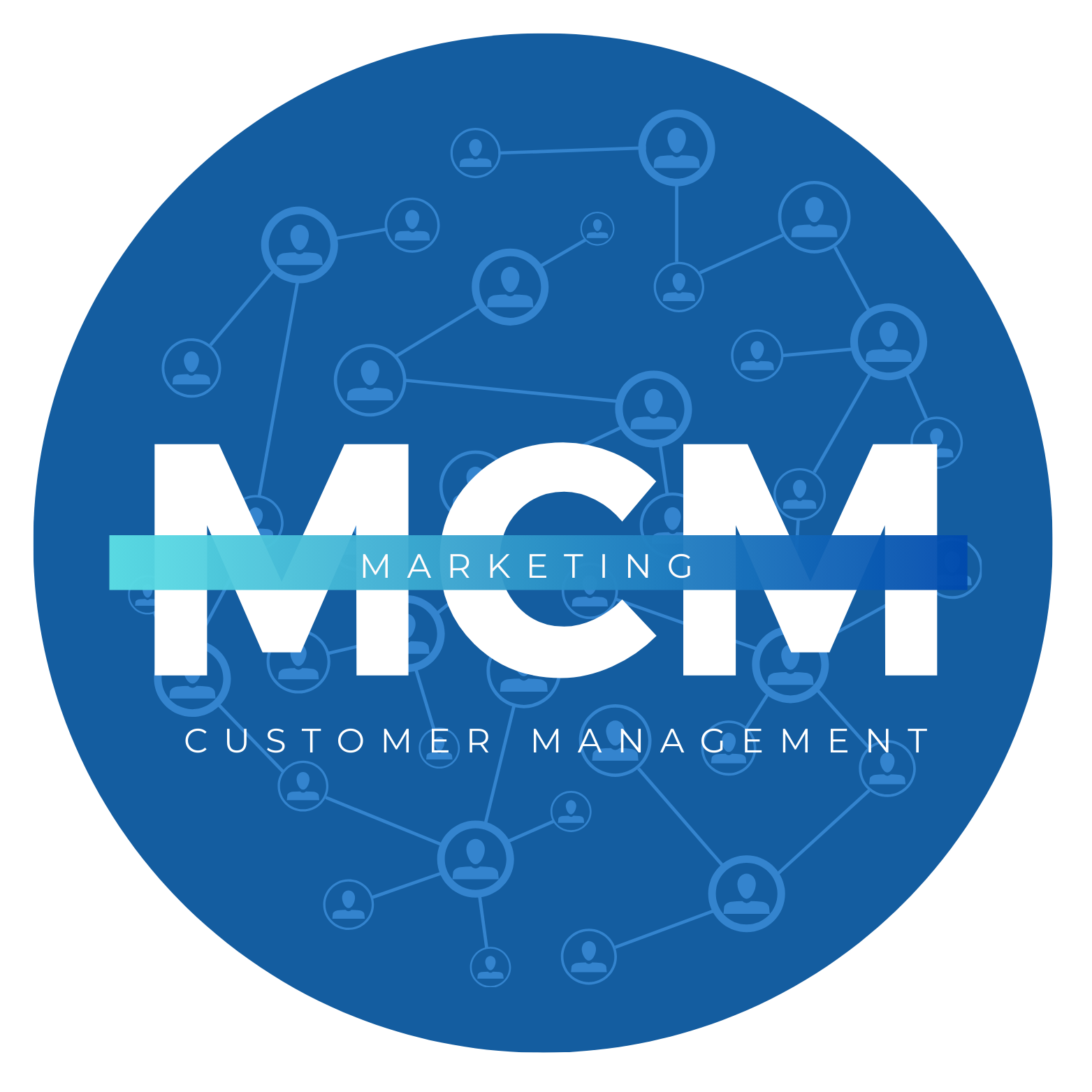What's Next In Maximizing Your Marketing ROI?
How to Handle Leads, Prospects, and Past Clients to Boost Marketing ROI

Integrating Sales Process and Customer Management into Marketing
When businesses think about their marketing investments, it's easy to focus on the creative elements—ads, content, campaigns—but it’s important to remember that marketing doesn’t operate in a vacuum. A successful marketing strategy includes an efficient sales process and strong customer management to turn leads into long-term relationships.
- Aligning Marketing with the Sales Process:
Marketing and sales should work together seamlessly. Effective marketing generates leads, but without a clear and optimized sales process, those leads may fall through the cracks. By aligning your marketing efforts with your sales strategy, you ensure that every lead is nurtured effectively. This means tracking every stage of the buyer’s journey, from awareness to consideration to decision-making, and making sure your team is ready to engage prospects at the right time with the right message.
2. Nurturing Leads and Prospects Who Haven't Made a Buying Decision:
Not every lead will convert immediately, but that doesn’t mean they’re lost forever. Having a structured approach to lead nurturing is key to turning cold or undecided prospects into future clients. Automated follow-up emails, retargeting ads, and personalized outreach can keep your brand top-of-mind, even for prospects who need more time before making a decision. A marketing automation tool or CRM system can be invaluable for this, allowing you to schedule follow-ups, track interactions, and segment leads based on their readiness to buy.
3. Leveraging Customer Relationship Management (CRM):
A CRM system is more than just a contact database—it’s a goldmine of customer insights. By keeping detailed records of past interactions, preferences, and behaviors, you can tailor future marketing messages to specific customer needs. For instance, segmenting your past clients from active leads or prospects allows you to send more personalized and relevant content that speaks to their stage in the buyer's journey. It also makes cross-selling and upselling easier because you can target past clients with offers that match their previous purchases or expressed interests.
4. Handling the Assets of Past Clients:
Your past clients are some of your most valuable assets. They’ve already experienced your product or service and could be more inclined to return for repeat business if nurtured correctly. In fact, it costs far less to retain a customer than to acquire a new one. That’s why it’s crucial to keep past clients engaged with follow-up marketing, such as loyalty programs, special offers, and personalized updates about new products or services. Don’t treat your relationship with past clients as “closed”—keep them in your orbit with ongoing communications, and they can become some of your most loyal customers and advocates.
5. Managing Leads, Prospects, and Clients Who Haven't Converted:
Every lead and prospect is an opportunity waiting to happen. Even if someone hasn’t converted after their initial contact, it’s crucial to keep them in your pipeline. Regular communication through emails, newsletters, or social media can keep them warm, building trust until they’re ready to make a buying decision. Rather than treating leads as static entities, treat them as part of an evolving relationship—one that needs continued nurturing. With tools like CRMs, you can easily segment these prospects based on where they are in the decision-making process and adjust your messaging accordingly.
6. Maximizing ROI by Integrating Sales and Marketing:
Businesses that synchronize their sales and marketing efforts tend to see a significant boost in ROI. By treating marketing as the first stage of the sales process, you create a smoother path from lead generation to conversion. And by managing past clients, prospects, and leads with consistent outreach, you increase your chances of closing deals in the future. Marketing is not just about acquiring new customers—it’s also about keeping the ones you have and maximizing the lifetime value of each relationship.
Practical Tips for Business Owners:
- Automate Lead Nurturing: Implement marketing automation tools that allow you to send personalized follow-ups and track user behavior. Tools like email automation, remarketing ads, and CRM-based workflows can help keep leads engaged.
- Segment Your Contacts: Use your CRM to divide your contacts into different categories—past clients, active leads, cold leads, and undecided prospects. This allows for more targeted marketing and increases the chances of conversion.
- Develop a Follow-Up Strategy: Create a systematic approach for following up with leads, especially those who haven’t made a decision. Drip email campaigns and retargeting ads are powerful ways to keep prospects interested over time.
- Customer Retention Campaigns: Don’t forget about the clients who have already bought from you. Keep them engaged through loyalty programs, exclusive offers, or personalized check-ins. Past clients can often become your strongest advocates and source for new business.
Effective marketing goes beyond generating leads—it’s about nurturing relationships through every stage of the sales funnel. By aligning your marketing with your sales process and leveraging customer management tools to track and engage with leads, prospects, and past clients, you can maximize the value of every marketing dollar you spend. It's a proven fact that businesses that invest in both customer acquisition and retention will enjoy stronger ROI and long-term growth.
MCM's Marketing Mindset







